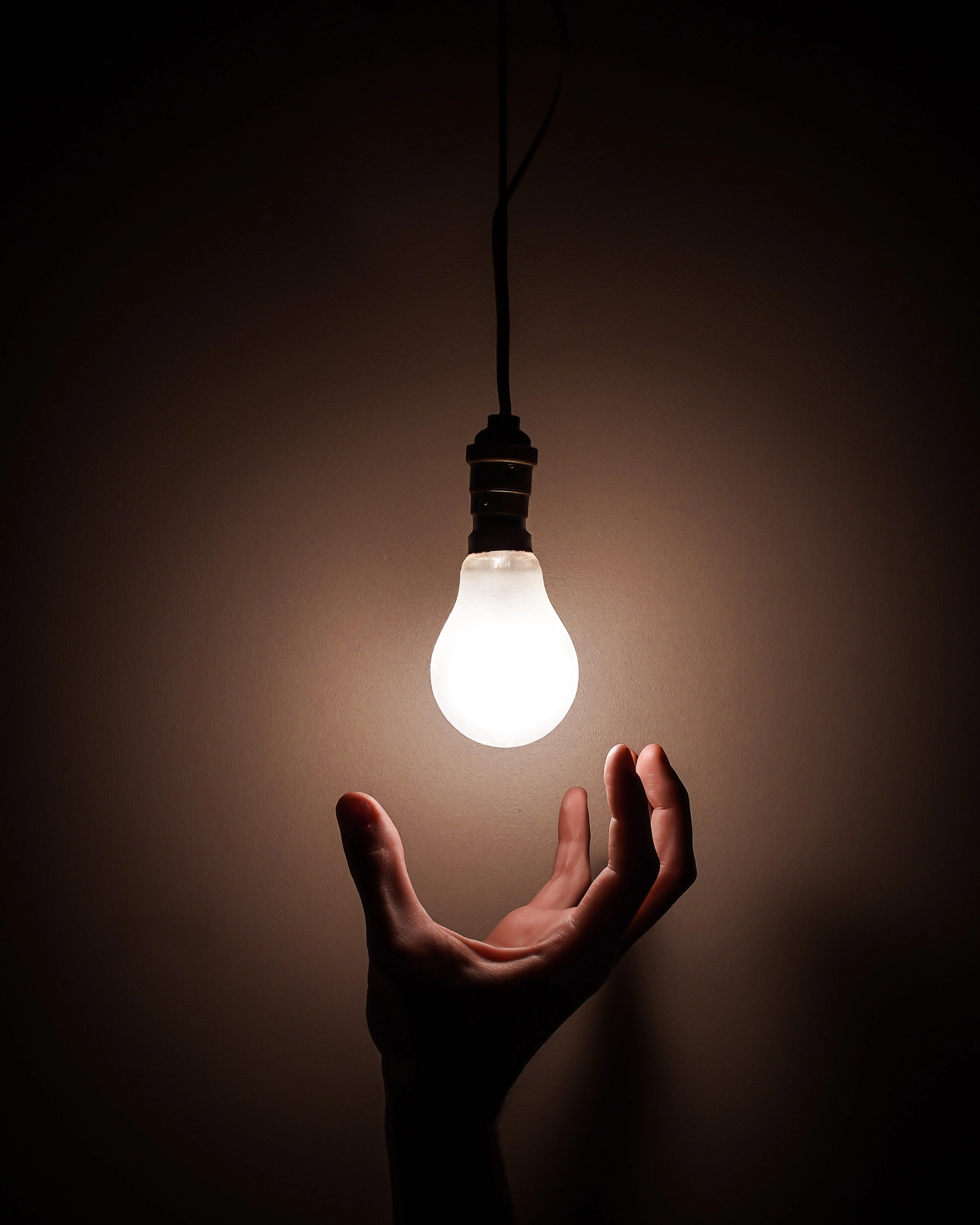The story State-Raised Convict was written by Jack Henry Abbott from his book In the Belly of the Beast: Letters from Prison. The story is a personal account of the time Jack Henry Abbott, a long-time inmate, spent in prison. In the book, Abbott explains the things that happen in jail and the significant psychological impacts on him and others in jail. In the story, Abbott tells the story from his perspective as a state-raised convict and a long-term inmate who has experienced every aspect of prisons, such as psychiatric and maximum security facilities and solitary confinement cells. Abbott believes that as a long-term and state-raised convict, he had felt the true impacts of prison on the soul, body, and mind. Moreover, he believes that, unlike others he had observed, the oppressive prison system has not indoctrinated him or make him lose his mind, which makes him specifically qualified to speak about the prison system in America.
Throughout the text, Abbott uses strong sensory imageries to show the prison as an abject mother, where prisoners are reduced from adults to children. Through constant supervision and penal discipline, they are assimilated into prison, creating prisoners with no autonomous identity outside prison. The author uses sensory imagery by explaining his experiences as a long-term convict. Through sensory imagery, Abbot gives the reader unsettling insights into the horrors of prison life and understands the prison life, growing up in the system, and learning to tolerate the situation.
The author uses sensory imagery of sensation caused by atmospheric pressure to point out the physical and emotional toll of being a long-term inmate and state convict. At the start of the story, Abbot informs the reader of the extent of his urge to tell the story of his experiences as a state-raised convict in an American prison. He states that:
“I’ve wanted somehow to convey to you the sensations the atmosphere pressure you might say- of what it is to be seriously a long-term prisoner in an American prison” (Abbott, 189)
Abbot claims that he had the urge to share his story as a long-term convict by any means. He alludes to the sensations created by atmospheric pressure to show the severity of his struggles of being a state-raised convict and as a person who has spent many years in the American prison. His use of the term “seriously long-term prisoner” helps distinguish the importance of his American prison perspective compared to short-term convicts.
Abbott alludes to atmospheric pressure sensations to indicate the severity of effects of being exposed to conditions in the American prison. Normally, people can feel atmospheric pressure due to balance in inward air pressure on the human body and outward pressure from the body. However, in this case, Abbott introduces the reader to what it means to feel the sensations of atmospheric pressure and the effects it has on the human body. In this manner, Abbott demonstrates that long-term prisoners are exposed to forces in the prison environments, which ultimately crushes them mentally, emotionally, and physically. The quote creates the image of sensations of atmospheric pressure on the human body, force large enough to distort the body but does not destroy.
In the second part of the quote, Abbott creates a distinction between long-term inmates like him and others who do not spend much time in these prisons. This part is crucial to creating clarity in the readers’ minds by specifying that only “seriously long-term prisoners” can feel these sensations of atmospheric pressure. He identifies that the time spent in American prisons is a critical factor in how much its environment can distort your body. The statement makes only a long-term to have the experience of telling of how much mental, physical, and emotional toll American prisons have on an individual. In the next sentences, he introduces himself as a long-term prisoner since childhood, which gives him the authority and power to describe the sensations of atmospheric pressure caused by American prisons. By alluding to the sensations caused by atmospheric pressure, he states the imagery of the long-term damage staying in American prisons has on the human body as a firsthand witness of these prisons’ experiences.
American prisons assimilate and incorporate prisoners into the prison environment through psychological torture in a safe, domestic space double to reinforce discipline into and rehabilitate them. The author introduces the reader to a cell he was put into after he attempted to escape due to the guards’ violence against a fighting pair of inmates and inmates amongst themselves. In the quote below, Abbott describes the conditions and attributes of the cell.
“A sheet of thick plywood on iron legs bolted to the floor is my bed. An old-fashioned toilet bowl is in the corner beside a sink with cold running water. A dim light burns in a dull yellow glow behind the thick iron screening attached to the wall” (Abbott, 192).
He describes the cell’s deplorable conditions and identifies the main features in the cell, such as bed, toilet, sink, water, lighting, and walls. Abbott wanted the reader to feel how much the cell resembles a house but is a dark mirroring of the safe domestic home. It illustrates the dehumanization inmates in American prisons go through, describing the cell’s filth and grime to the readers.
This quote and the events preceding it present the prison as an abject mother who wants to assimilate the prisoners through penal discipline. Although not well articulated, rehabilitative ambitions seem like parental, resulting from constant monitoring of the prisoners, who are already reduced to childlike. A mirror of parental and penal discipline exists where prison acts as a parent double, and the prisoners are equated to children. Punishment by putting Abbott, already reduced to a child in prison, in the dehumanizing cell rendering him a monster. His childlike status and uncanny double domesticity, and prison power to discipline alludes to prison as a maternal figure. In the end, prisoners who get assimilated into prison do not have any autonomous identity outside it. The quote exemplifies an uncanny safe, domestic space double for the childlike Abbott in the care prison acting as a maternal that assimilates prisoners by convincing them of their iniquity who do not have an autonomous identity outside prison.
Once a prisoner has been assimilated into prison, they develop an identity that cannot function out of jail. Once an inmate is released from prison, long-term prisoners in American prisons cannot function properly in society after incorporation and assimilation in the jails. They long to return to the prison where they can display their monstrosity and be treated as monsters. Abbott claims:
“A taste of freedom in prison is not unlike a taste of heroin a taste that obsesses you a taste that addicts you you’d kill for it in a literal sense” (Abbott, 199)
Freedom in prison is similar to heroin in terms of the compulsion to go back to enjoying it. The quote implies that the freedom of manifesting their violence in prisons by long-term prisoners in the American prisons is similar to compulsion and addiction to doing heroin. They are addicted to freedom in prison and are compelled to do anything, even killing, to return to prison.
Long-term imprisonment conditions people to become addicted to life in prison due to their new identity synonymous with prison and its environment. Their ability to manifest their violence in prison results from assimilation into prison doctrine, where they are considered childlike monsters and can easily display their monstrosity as defined by the prison environments. Upon their release from prison confines, they can no longer act in ways they did in prison, limiting their freedom. Just like a heroin user is compelled to do it due to addiction, long-term prisoners in American jails yearn to go back to prison even by committing murder. Through sensory imagery to describe the similarity between cocaine use and freedom of imprisonment, the author shows the extent to which assimilation and adjusting to prison life can influence an individual to return to prison.
Conclusion
With the various use of sensory imagery by the author in depicting his experiences as a state-raised convict and long-term convict, it is clear that prison life, growing in prison, and tolerating it is detrimental to one’s mental, physical, and emotional well-being due to environment of the American prisons.
Work Cited
Abbott, J. H. (1991). In the belly of the beast: Letters from prison. Vintage.









